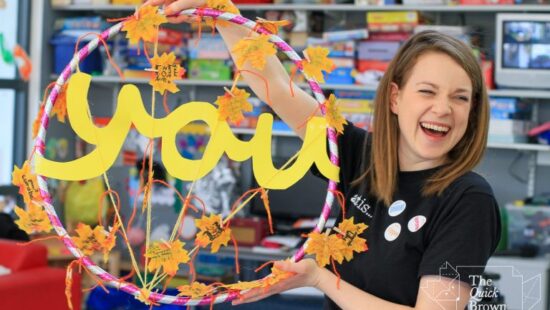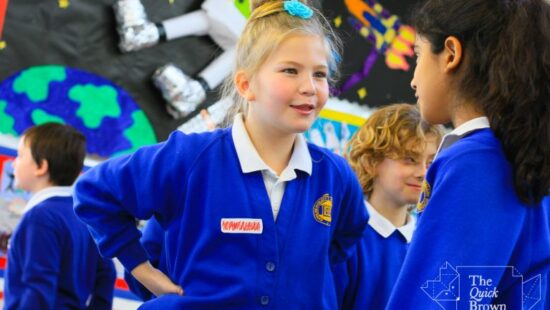The impact of arts on wellbeing
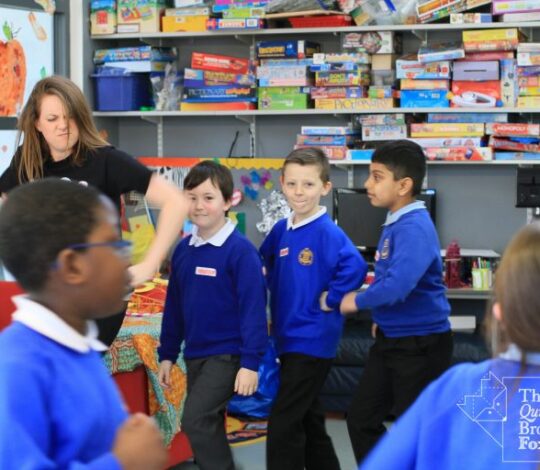
The impact of arts on wellbeing
A recent briefing paper, The Arts, Health & Wellbeing: Why the arts make us happier and healthier jointly published by the Cultural Learning Alliance and Place2Be, summarised the growing body of research evidencing the positive impact of the arts on mental health and wellbeing.
In it, Dame Benita Refson, the President and Founder of Place2Be, states:
I believe the arts can give children a vital creative outlet to express and make sense of their emotions, in particular when they might not always have the words to describe what they’re feeling. Whether music, drama, dance, literature, visual art or film – the creative process can help children work through their problems and find ways of coping.
At Artis, we regularly witness the transformative power of the performing arts to change the lives of the children and young people we work with – and we are steadily being joined by other voices sharing the same story.
The All Party Parliamentary Group’s report, Creative Health: The Arts for Health and Wellbeing, published last summer, was a seminal piece of work that pushed this issue further into public awareness. We are now seeing more Clinical Commissioning Groups across the country take up Social Prescribing, which refers patients to community-based arts and cultural organisations where participation in creative activities, such as singing, dancing or gentle art activity, is demonstrated to support positive mental health.
Yet, as the arts become more widely accepted as an effective intervention for wellbeing, our challenge as a cultural organisation is to find new and creative ways to evaluate the impact these activities are having on children and young people.
Sharing Resources
Arts and cultural organisations have done excellent work in sharing resources to support each other in this journey. In October of 2017, Lewisham Arts and Education Network published an Arts and Resilience Toolkit based around BoingBoing’s Resilience Framework and information from community practitioners. It was designed as a working document aimed to ‘[move] us towards finding a common language across sectors, [help] with funding and [to be useful] to arts practitioners and organisations to help develop and reflect on resilient practice, as part of their wider research.’
Public Heath England published their own Arts for health and wellbeing Evaluation framework to support arts and cultural organisations to build robust evidence of the effectiveness, impact and costs of their projects and programmes.
Our Impact
For Artis’ recent You, Me, Together project, commissioned by Artswork, the Milton Keynes Clinical Commissioning Group and Arts and Heritage Alliance, reporting on the impact of our creative sessions with young people was essential in making a contribution to this growing body of work.
Our evaluation of the project consisted of data from the following sources:
- Visual art outputs from the creative sessions: hula hoops with words and graphic notes ‘boards’ that collected the important words, ideas, feelings and pictures from each session
- A final film that shared the children’s words and ideas about mental health and wellbeing
- Interviews with class teachers at each school
- Surveys filled in by children participating in the project
Using a mixture of qualitative and quantitative evaluation methods allowed us to capture a more holistic picture of the impact the sessions had on the children. The visual art pieces and project film brought together all of the words, feelings, perceptions and ideas towards mental health the children shared with throughout the 5-weeks of the project.
In addition to this, we developed the ‘Artis Creativity and Wellbeing Scale’, adapted from the Warwick Edinburgh Mental Health and Wellbeing Scale, as a way to measure specific changes to the children’s wellbeing. We asked both children and their class teachers to fill in the survey on the first and last weeks of the project. The results of this showed that after the project:
- 9% more children stated they in children stating ‘Strongly agree’ with the statement ‘I am good at making sense of what other people are expressing through art (e.g. thoughts, feelings and emotions)’.
- 19% increase stated they ‘Strongly agree’ with the statement ‘I can express my thoughts, feelings and emotions thorough art’
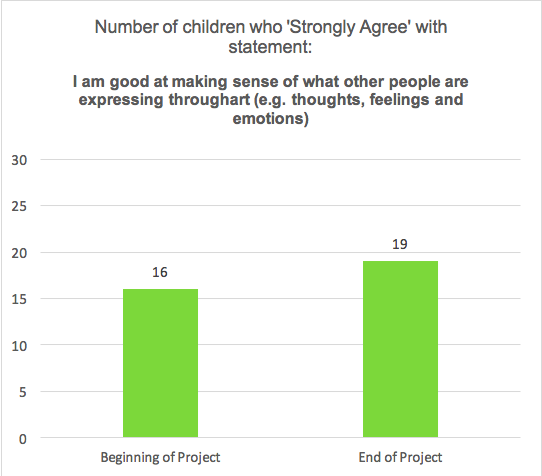
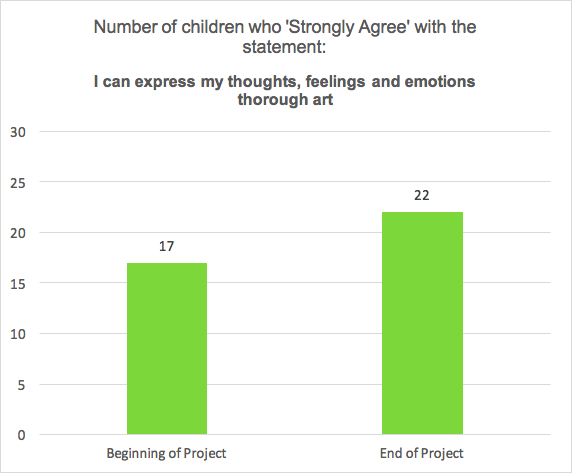
Additionally, through interviews with class teachers, we found that the project had a positive effect on children’s confidence, and their ability to share what they are feeling:
The children have thoroughly enjoyed exploring emotions and feelings through music and drama. The opportunity for role play in groups has helped to improve listening and co-operation skills
Kelly Smith Year 5 Teacher, Falconhurst Primary School
[The class] definitely did not have a strong idea of wellbeing before the project. They had some, as they were all able to say something appropriate when they were originally asked about it by Kablam, but the whole project gave a much stronger sense of what it meant, and strategies of how to deal when things aren’t going well when you’re having difficult feelings. The children liked writing down their worries in a session with Kablam, so we now have a worry box in our classroom so children can write any worries they have and only I will read them, not shared with other children. They can write down their worries instead of having to tell me and have been doing this! A lot of worries have been very trivial. Someone had worries about computer games, mainly been about roadblocks, but some worries have been things we’ve needed to follow up on so it’s been useful.
Hannah Stone, Year 4 Teacher, Caroline Haslett Primary School
